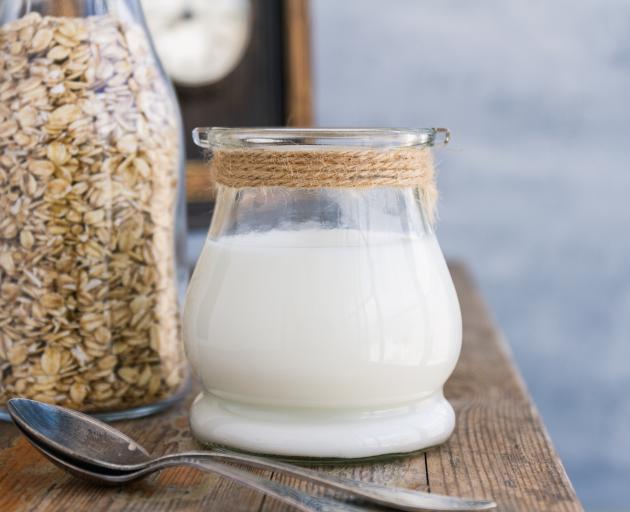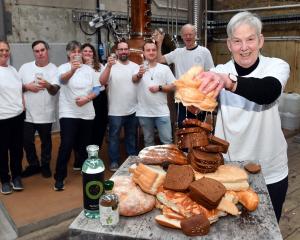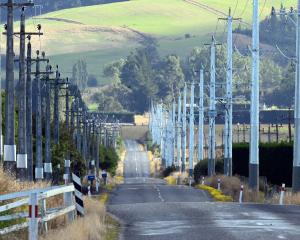
Have you ever climbed into a grain silo? It’s dusty, and the grain semi-fluid, but all contained within solid walls. It’s a dangerous place, the grain sometimes behaving like quicksand, and occasionally there are fatalities when people get trapped. And just as there are risks in grain silos, there is risk in all siloed thinking in a complex world.

Aotearoa New Zealand is fertile. The fertility is in our soils and in our creativity, despite all we’ve done to it. Increasing intensification and industrialisation of agriculture, treating soil as just dirt to grow things in shows a lack of imagination and understanding. Our creativity is threatened by the timidity of government when it comes to sustainable transitions and by the importation of far-right extremism through social media platforms. All of this is linked to the neo-liberal turn in the 1980s, a massive political programme shifting essential economic activities out of state control and into private control.
In the rural space this meant a move to a global system of regulation specifically designed to enable the growth of corporate business. This "growth" has given us increasing concentration of wealth in fewer hands, rising corporate profits, and terrible ecological destruction.
Out of this wasteland of rural activity some flowers of resistance are emerging from dormancy.
In Aotearoa New Zealand, one of the surprising survivors of the free market turn in 1984 is the family farm. While some have been bought up by corporates, many family farms still exist and this means diversity and opportunity. In Mataura, Southern Medicinal has set up a medicinal cannabis plant, working with local farmers to grow medicinal cannabis and diversify farm income. This initiative makes use of an old industrial plant — the former Mataura paper mill — and will provide ecosystem support with planting on local farms.
Here in Otago I’ve worked with farmers who want small-scale wind farms on their properties, to provide an additional long-term income stream and help decarbonise our energy system. All that’s lacking is enabling regulations (national environmental standards) to allow small-scale wind and solar farms to be established, supplementing farm income and contributing to a more resilient energy system as we transition away from fossil fuels.
The recent announcement of a $6 million government investment in a Southland oat milk factory demonstrates that even the Government is beginning to understand the need to diversify. The investment will support local processing of oats and could stimulate further efforts to develop food sovereignty and safeguard local food. Many years ago living in rural France, we made part of a living by picking chestnuts in the local forests and getting them dehulled at the local co-operative. We then made chestnut jam, which sold very well in the local market. All of this supported the local economy and was enabled by good rural policy.
We know that agricultural practices in thrall to corporate interest no longer dominate rural Aotearoa. Agricultural science advocating bigger volumes has been too compromised by promoting industrial agriculture and significant rural debt. Peer-to-peer regenerative agriculture is on the up and up, spreading organically through the motu. This includes farmers such as Chris and Sheila Falconer in the Waikato where dairy herd welfare and direct local sale are priorities, or Southland farmer Mark Anderson focusing on multi-species pastures for increased soil health and carbon sequestration.
Farmers, growers, fishers, foresters and all who live in rural Aotearoa don’t live there for the lack of money, the poor internet and geographical challenges. There are other reasons, linked to the seasons, the colours, the intangible values of knowing the land and our place in it. So while the big tides, such as the Climate Change Commission’s "Inaia tonu nei: a low emissions future for Aotearoa" and the proposal from the He Waka Eke Noa partnership wash over rural Aotearoa, multiple flowers of resistance to the global industrial food system and industrialisation of the motu are emerging towards the light. They’re fragile, but with the right support and policy we can break open the silos that constrain government and embrace regenerative, organic farming, ecosystem restoration, sustainable fisheries, native forestry and energy farming to ensure thriving rural communities.
Scott Willis is a climate and energy consultant. Each week in this column one of a panel of writers addresses issues of sustainability.











